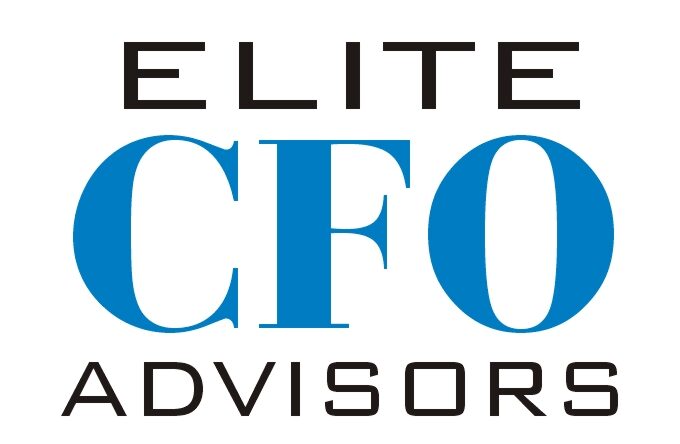
In the evolving landscape of legal services, traditional hourly billing is increasingly under scrutiny. Clients demand more predictability, transparency, and alignment of legal fees with the value received. In response, many law firms are turning to alternative pricing strategies, such as value-based billing and fixed fees, to meet these demands and differentiate themselves in a competitive market. This blog post delves into how these innovative pricing models work and presents a compelling case study of a law firm that achieved higher client satisfaction and revenue stability by adopting a more transparent and predictable pricing model.
Understanding Alternative Pricing Strategies
Value-Based Billing
Value-based billing aligns the cost of legal services with the value delivered to the client, rather than the amount of time spent. This approach encourages efficiency and focuses on results, offering clients a clear understanding of what they are paying for.
Fixed Fees
Under a fixed fee arrangement, law firms charge a set amount for a specific service or project, regardless of the time invested. This model provides clients with price certainty, making budgeting for legal expenses more straightforward.
Both strategies require a deep understanding of the firm’s cost structures, the value delivered to clients, and effective communication to ensure expectations are aligned on both sides.
Case Study: A Shift to Transparency and Predictability
The Challenge
A mid-sized law firm, specializing in corporate law, faced challenges with client retention and satisfaction due to unpredictable billing and perceived lack of transparency in pricing. Their traditional hourly billing model often resulted in billing surprises for clients, leading to disputes and eroded trust.
The Solution
The firm decided to transition to alternative pricing models, focusing on value-based billing for complex advisory work and fixed fees for routine legal services. Key steps in their approach included:
- Conducting a Comprehensive Review: Analyzing past projects and their outcomes to understand the firm’s cost structure and the value delivered to clients.
- Client Consultation: Engaging with clients to understand their needs, expectations, and perceptions of value.
- Strategy Development: Crafting tailored pricing strategies for different services, ensuring they reflected the value provided and were competitive in the market.
- Internal Training: Educating attorneys and staff on the new pricing models, focusing on efficiency, project management, and client communication.
- Transparent Communication: Proactively discussing pricing with clients before engagements, explaining the rationale behind the pricing model, and setting clear expectations.
The Outcome
The firm’s shift to value-based billing and fixed fees resulted in several significant benefits:
- Increased Client Satisfaction: Clients appreciated the predictability of legal costs and the focus on value rather than billable hours. This transparency fostered trust and strengthened client relationships.
- Enhanced Revenue Stability: Fixed fees for routine services provided a stable, predictable revenue stream. Value-based pricing for complex projects often resulted in higher revenues compared to traditional billing, as clients were willing to pay more for perceived higher value and outcomes.
- Improved Efficiency: The new pricing models incentivized attorneys to work more efficiently and leverage technology, reducing unnecessary overhead and increasing profitability.
Client Feedback
One corporate client remarked, “The new pricing structure allowed us to budget our legal expenses more accurately and reduced the friction in our relationship. We feel our interests are now more aligned with our legal advisors.”
Conclusion
The case study of this law firm demonstrates the potential of alternative pricing strategies to transform client relationships and financial stability. By adopting value-based billing and fixed fees, law firms can meet the growing demand for transparency and predictability, driving client satisfaction and loyalty. As the legal industry continues to evolve, embracing innovative pricing models will be key to thriving in a competitive landscape.

